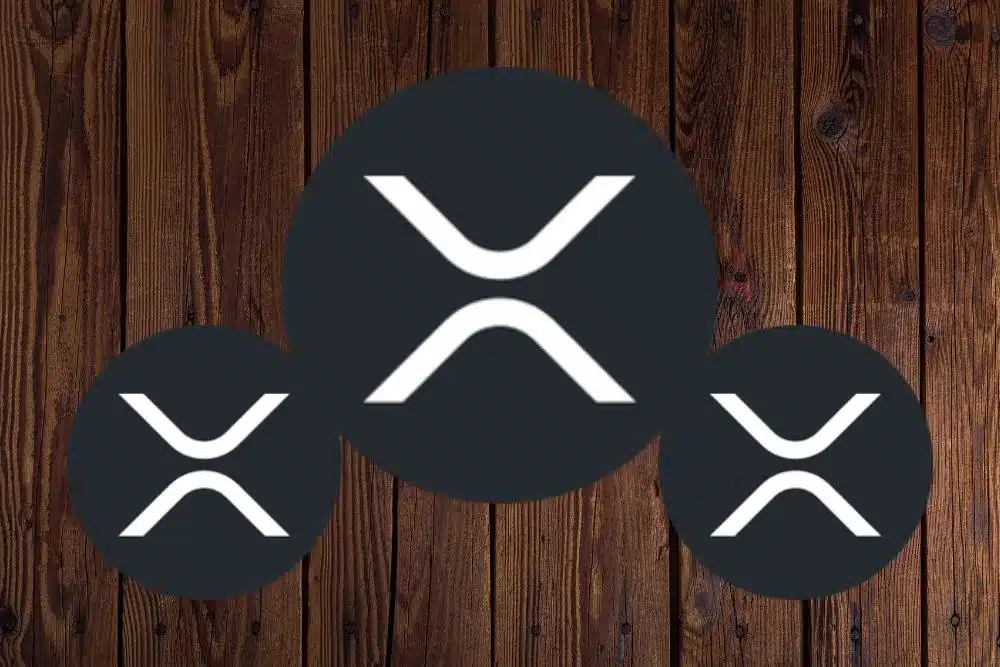The XRP Ledger (XRPL) recently experienced a significant technical failure that caused an abrupt halt in block production for nearly an hour. Ripple Chief Technology Officer David Schwartz confirmed that the network is now recovering, but the exact cause of the disruption remains uncertain.
According to Schwartz, preliminary findings suggest that consensus operations continued to function. However, validations were not being published, which led to the network drifting apart.
To restore operations, validator operators manually selected a starting point based on the last confirmed ledger. From there, they began publishing validations, helping to reestablish consensus across the network.
Schwartz emphasized that these observations are still under review, and further analysis may reveal a different cause. He acknowledged the possibility that the network recovered spontaneously, as very few Unique Node List (UNL) operators made adjustments during the outage.
Also Read: Avoid Buying XRP and Other Crypto During This Day of The Week, Report Suggests
Recovery Process and Uncertainty Surrounding the Incident
The recovery process involved servers detecting validations from various sources to build sufficient consensus to resume a synchronized ledger stream. During the network update, Schwartz reported that only a single validator operator made a manual intervention, yet the overall status of the network remained ambiguous.
Schwartz declared that the failure did not result in losing ledgers with majority validations. Server operators most likely did not share validations after recognizing systems diverged from each other.
The observation indicates that an automatic protection system worked correctly yet unveils the mystery behind what precisely caused the malfunction.
The technical breakdown drew reactions from Bitcoin community members, with some using the incident to criticize XRP’s reliability. One commentator sarcastically remarked that XRPL being offline did not affect banks since no banks use it.
In response, Schwartz pointed out that the Bitcoin network has also faced major failures in the past. He cited two incidents—one in 2010 that lasted eight hours and another in 2013 that persisted for six hours. Additionally, he highlighted that Bitcoin frequently experiences hour-long gaps without confirming transactions.
Conclusion
The cause of XRPL’s failure is still under investigation, and whether a definitive explanation will emerge remains to be seen. Schwartz’s comments indicate that further analysis is needed to determine if validators failed to publish due to technical issues or if an external factor played a role.
The network has stabilized for now, but the event raises concerns about the robustness of XRPL’s consensus mechanism and its ability to handle unexpected disruptions in the future.
Also Read: Ethereum Restructuring Sparks Debate on Decentralization as Ripple CTO Weighs In
